AM253 Novolac Anti-Microbial Epoxy Chemical Resistant
AM253 Novalac Anti-Microbial Epoxy is a two component high solids novolac epoxy coating with exceptional resistance to a variety of chemicals, solvents and acids designed for application where splash and spills of acids, chemicals, and solvents occur. Ability to contain high concentrations of acids and even some chlorinated solvents such as MEK and xylene. AM253 Novolac Epoxy contains an antimicrobial chemical agent to prevent microorganisms from growing on the surface and are specially formulated to resist mildew growth on the coating film. The dry coating film of these products are mildew resistant, resists mold fungus and resists stains by mold, In addition, the dry coating film inhibits the growth of bacterial odors, resists microbial odor development and retards the growth and action of bacterial odors. As part of routine building maintenance, areas should be inspected for visible mold and the conditions causing the mold should be corrected to prevent mold from growing. Long lasting with excellent adhesion and high build design for increased durability. Quick back in-service with light foot traffic in only 10-18 hours. AM 253 Novolac Epoxy recommended as a high build topcoat for traffic areas, chemical troughs and curbs as well as tanks and chemical spill areas for cement masonry or brick. Available in 3 gallon and 15 gallon kits and three colors: light gray, medium gray and tile red options.
PRIMER: Recommend the NE527P Novolac Epoxy Primer
TOPCOAT: None recommended. Can apply multiple coats of AM253
Where is the AM253 Novalac Anti-Microbial Epoxy used?
- Chemical process plants
- Pulp and paper mills
- Food processing
- Gas processing
- Power generation
- Sewage and water treatment
- Battery charging stations
- Mining industry
- Manufacturing plants
- Chemical storage areas
- Areas subject to chemical exposure
- Warehouse loading dock areas
- Concrete and brick surfaces subject to chemical spill and splash conditions
- Floors subject to frequent exposure to water and high humidity environments
Why AM253 Epoxy Coating?
- Outstanding Spill and Splash Acid, Solvent, Chemical surface protection
- Anti-Microbial Agent Added To Prevent Surface Growth Of Micro-Organisms
- Specially Formulated To Resist Growth Of Mold, Mildew, Fungus On The Surface and helps prevent odors that can result
- Resists wide range of chemicals, solvents and acids
- Resistant to high concentrations of acids and even some chlorinated solvents
- High build for heavy duty traffic projects, chemical troughs and curbs
- Great for tanks and chemical spill areas for cement, masonry or brick
- Excellent adhesion 425 psi
- Quick back in-service with light foot traffic 10-18 hours
- Selection of 3 color options
- Low voc 47 g/L


























